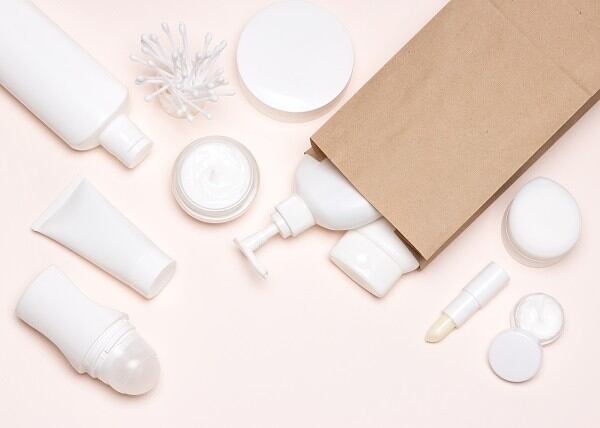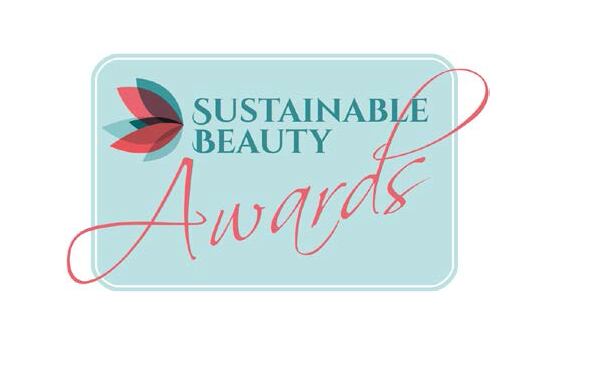CosmeticsDesign-Europe spoke to Stefan Pryor, packaging specialist at beauty UK-based packaging provider James Cropper to find out what are the big trends that are defining the latest packaging designs.
In this article we highlight how sustainability continues to be a pivotal factor, together with personalisation, tips on staying ahead with eco-friendly and recycling claims, together with how to make packaging look social media-ready.
What do you think will be the biggest changes for cosmetics brands to look out for in relation to beauty packaging?
Sustainability is driving changes throughout the entire packaging process – from colour selection to the type of materials being used. The past few years have seen luxury brands overhaul their core retail packaging, for example, Burberry made the switch to create their packaging out of upcycled coffee cups and consequently removed 29 tonnes of plastic lining. The conversation is now shifting to secondary pieces of packaging i.e. inserts. Whether the materials used are being switched to environmentally friendly options, or being removed altogether, this is a trend that beauty brands will be keeping up with.
To stand out in the contemporary market, cosmetics brands are borrowing inspiration from the interactions that consumers have with tech products; consider lipsticks or shampoo bottles which are effectively designed and opened with a scrolling or swiping gesture. We’re already seeing this in the market with the ‘You Perfume Solid’ from New York-based cosmetics company, Glossier, or the ergonomic packaging from minimalist beauty company, Lilah B.
We’re also seeing sound in packaging become a means for brands to connect with their customers. ‘Sound satisfaction’ is gaining traction in the cosmetics industry as a luxury cue, with ‘snaps’ and ‘clicks’ being incorporated into packaging as a signifier of quality. I think we’ll continue to see this trend grow as packaging is designed with auditory elements as an essential inclusion, such as the satisfying snap of a magnetic closure signifying a high-quality and secure product.
Personalisation is crucial for beauty brands, so how might this impact future packaging designs?
Personalisation is fundamental to how brands connect with their consumers. Earlier this year, research for our Progressive Palettes report found that over half of designers believe brands will adopt customisable options – such as paper, ribbons or cards – in the near future, so it’s something designers are already considering.
When it comes to future packaging design, beauty brands will most likely see an increase in demand for themed and personalised packaging for limited edition launches, or occasions such as Mother’s Day or Christmas. These will be unique, but also complement a brand’s core packaging range. Our Tailor Made team has seen a growing demand from brands to create bespoke packaging and paper materials for specific product lines.
How can beauty brands stay ahead of the trend for recycled and reusable packaging?
To stay ahead of the trend, brands should be designing their packaging with the circular economy in mind; how can packaging be reused, or reintroduced to the supply chain in a meaningful way?
Colourform, our latest innovation that offers beauty brands an alternative to plastic packaging, recently partnered with futurologist, Dr Ian Pearson, who predicts that over the next decade we will see an increase in reusable packaging, such as perfume bottles which double as vases or water pitchers. Beauty brands should consider creating packaging that becomes a gift-box or keep-sake box, or that is made from mono-materials that can easily be recycled.
Brands could also implement their own recycling schemes, in the same way retailer Lush has done with its ‘Bring Back scheme’ – where consumers who might be unsure on how to recycle the packaging in the correct way can bring it back to the store. Lush ensures that all packaging brought back is recycled properly, but also encourages its customers to return to the store and reuse original packaging once again.
What are beauty consumers looking out for when it comes to eco-friendly beauty packaging?
Over the past few years, we’ve seen consumers become increasingly aware of what ingredients are being used in the products – are they harmful to the environment, are they being tested on animals etc. Brands are reacting to this to ensure they meet their consumers’ desire and this has translated across to packaging; brands are asking where and how the packaging is made, is it sustainable, can it be recycled? We’ve noticed this as we’re seeing an increasing number of such requests for paper to be used in branded packaging.
How is social media and online shopping impacting packaging design and aesthetics?
Social media has provided designers with a bigger platform to express their visual creativity and e-commerce has broadened the channels of distribution, meaning designers no longer have to consider shelf appeal for every brief. However, this also works in the reverse in that brands now must consider logistically how a product will reach the consumer without packaging being damaged or costing too much, all while providing consumers with an unboxing experience they’d be proud to post on their social channels!


